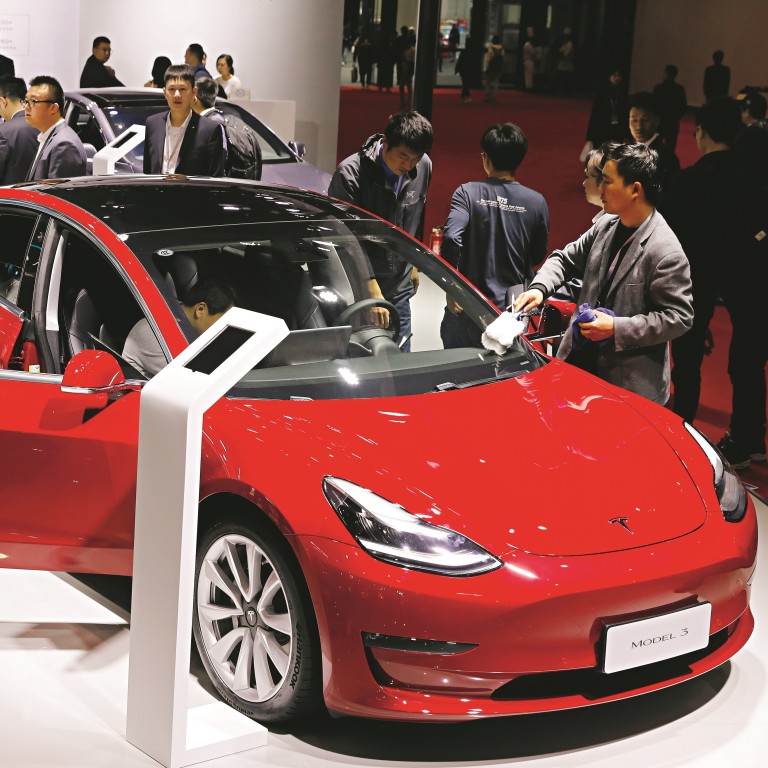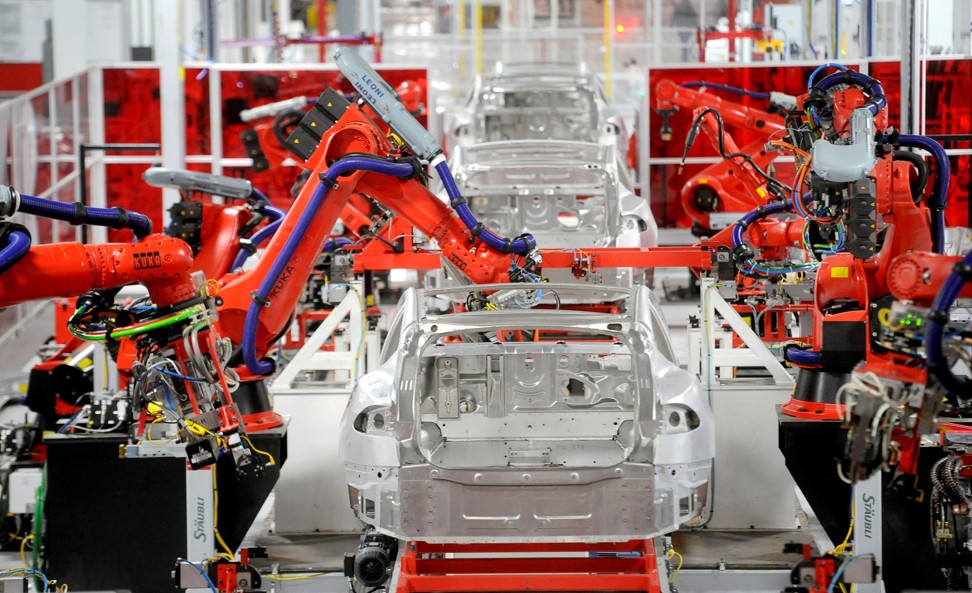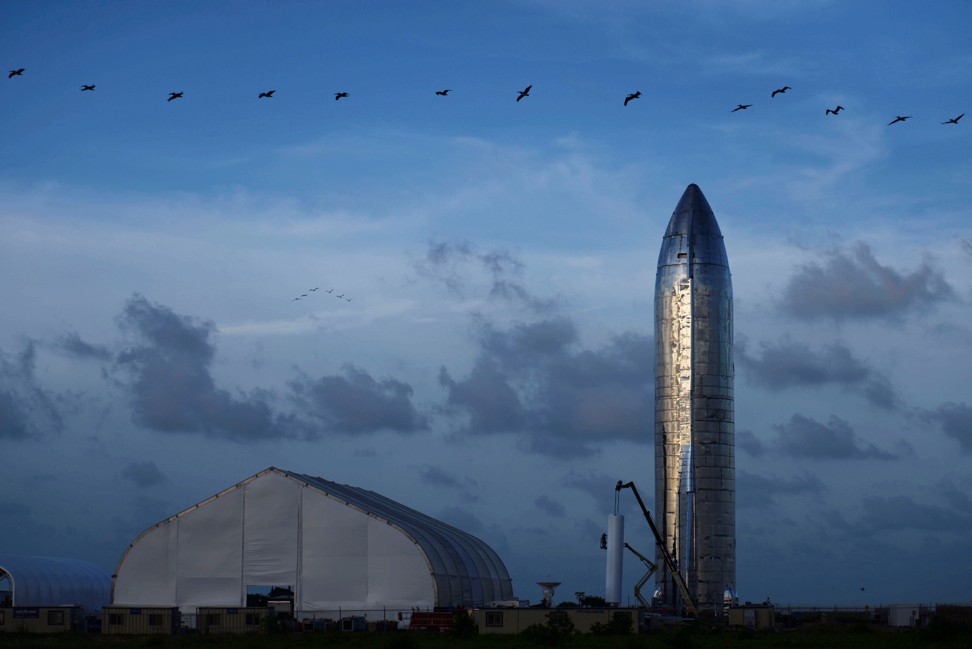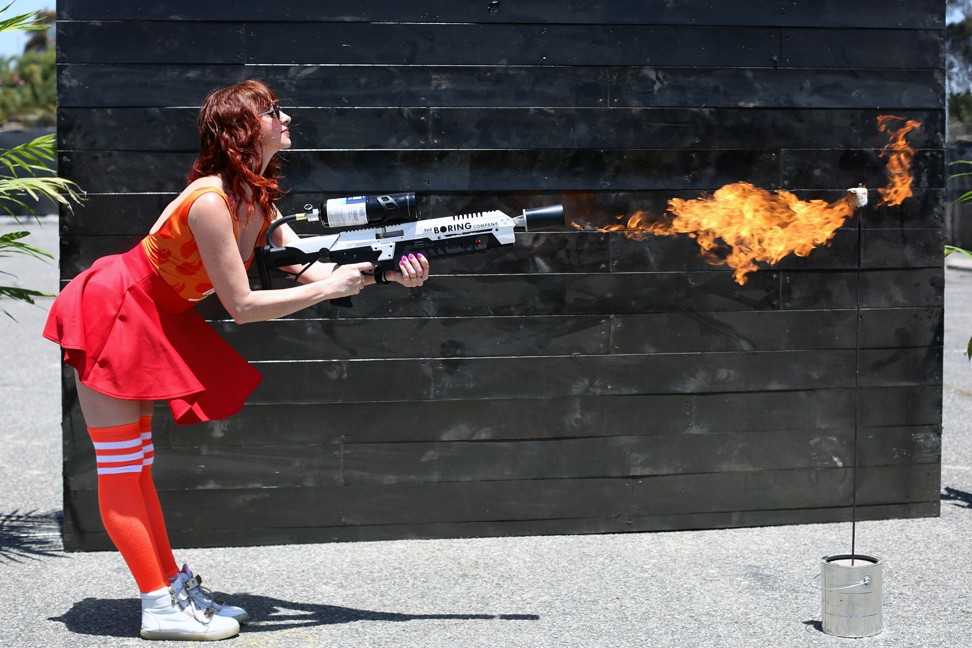
Review | Ludicrous: the unvarnished story of how Elon Musk brought his Tesla dream to life
- Journalist Edward Niedermeyer reveals the ugly reality hidden behind Tesla’s popular mythology, while giving the polarising Musk his due
- Behind the hype, Tesla still has problems that raise questions about its ultimate survival, he writes
Ludicrous: The Unvarnished Story of Tesla Motors by Edward Niedermeyer, pub. BenBella Books
Those who pay close attention to Elon Musk tend to fall into one of two camps.
One camp worships Musk as a modern-day hero at a time when heroes are in short supply. He is a green-energy wizard devoted to saving humanity from greenhouse gas destruction, and if that proves impossible, he wants to create colonies on Mars to save the human race from total destruction.
He is a brilliant entrepreneur who can wipe clean the ossified auto and space industries with paradigm-shifting innovations, Silicon Valley style. He reignited interest in space exploration. He made electric cars sexy.

The other camp believes none of it and denigrates Musk as a big talker and government-subsidy hound who promises far more than he’ll ever be able to deliver. Critics blast him as a hypocrite who traverses the globe (and sometimes commutes from near his Bel-Air, California home to his Hawthorne, California office) in his greenhouse-gas-spewing private jet, and contend he uses financial legerdemain to distract from the fact that he is unprofitably burning through other people’s billions while making himself rich.
In his new book Ludicrous: The Unvarnished Story of Tesla Motors, journalist Edward Niedermeyer hews close to the critics’ interpretation, while also giving Musk his due. Potential readers should keep in mind that the book is about Tesla, the electric car and energy company, not a deep dive into Musk or his many other projects: SpaceX, the rocket ship company; Neuralink, invested in brain-computer interface; or the Boring Co., a tunnel-digging operation.

Niedermeyer, an aggressive reporter at The Drive, an automotive news website, possesses a deep understanding of how the car industry works (and often doesn’t). He is in a good position to assess the foibles of Musk as Tesla struggles to prove that it can earn sustainable profits after 16 years of surviving on cash raised from lenders and investors with no return on invested capital to show for it.
In the book’s introduction, Niedermeyer writes that “the more I questioned and the deeper I dug, the more I found evidence that the company’s popular image was a consciously constructed facade that concealed underlying dysfunction”.
There’s no question Tesla has built some sweet-looking cars that are great fun to drive. Musk’s interest in powerful, fast-moving vehicles goes back to childhood. He is clearly fascinated with speed, fire and things that go boom: cars, rocket ships, even flamethrowers, which he sold to raise money in the middle of a severe California drought.

The book details the CEO’s origin story: how Musk helped found fintech pioneer PayPal before he got fired and left with a pile of riches to finance Tesla Motors. The company had been founded by Martin Eberhard and Marc Tarpenning. They brought in Musk as a major investor, but he eventually ousted them.
The origin story behind him, Niedermeyer turns to the meat of the book: Musk’s so-far-quixotic attempt to make money making cars.
Right now, car industry consultants say, nobody in the industry earns a profit on electric cars. The batteries, while coming down in cost as sales rise, are still too expensive. Musk thought he could apply Silicon Valley innovation to electric-car making and Silicon Valley money-raising methods as well. He planned to scale up fast to get costs down and apply software techniques to product design and manufacturing to build better cars, cheaper.
Niedermeyer praises Musk for building an innovative culture and introducing new and important innovations to the car industry – particularly over-the-air software, which can beam fixes and updates to Tesla cars via smartphone signal while capturing detailed customer data.

But Silicon Valley is known not only for innovation. It’s also become the world capital of business hubris, and that has not translated into high-quality automobile manufacturing at Tesla. Consumer Reports and other quality lists rank its cars low; its service centres are overwhelmed.
Car manufacturing, Niedermeyer writes, is all about “planning, structure and regimentation”. Tesla, by contrast, has a seat-of-the-pants approach to problems, with “minimal cost controls and a constantly changing timeline”.
The author cites as a prime example Musk’s plans for the production of the Model 3, its least expensive car and intended to be sold in mass quantity. The idea: the Model 3 assembly plant would look like a science fiction “alien dreadnought”, popping out cars at strobe light speed in contrast to the plodding pace of traditional manufacturers, whose assembly lines moved at the speed, Musk says, of a grandma with a walker. Such rapid production would mean a dramatic reduction in cost and, hence, price.
The plan went so wrong so quickly that Musk’s advanced robots and software were ripped out and the line was moved to a tent where Model 3s were assembled by hand.
The Testaments, sequel to Margaret Atwood’s The Handmaid’s Tale, is well worth the 34-year wait
But the Tesla story isn’t over. Musk plans to start selling articulated trucks, pickup trucks and a crossover vehicle. A new assembly plant, to complement its lone plant in Fremont, California, is set to open this year. It’s possible Musk will raise more cash in the financial markets.
Whether Tesla succeeds or fails, whether Musk ends up regarded as a hero or a clown, Ludicrous does a fine job of documenting the company’s story and setting the stage for what comes next.

